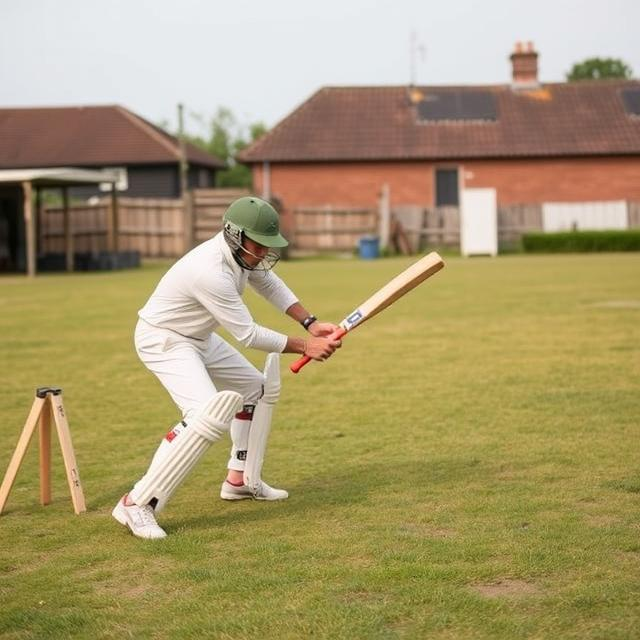Understanding the Pak Nanga Mujra: A Cultural Exploration

Unveiling the Pak Nanga Mujra: A Deep Dive into Cultural Nuances
Intrigued by the enigmatic phrase “Pak Nanga Mujra”? This article delves into the world of this art form, exploring its cultural significance and shedding light on its often misunderstood elements. We’ll examine its history, its evolution, and the various interpretations surrounding this unique performance art.
While the exact meaning and origins may be shrouded in historical ambiguity, it’s clear that the “Pak Nanga Mujra” signifies a significant aspect of traditional Indian performing arts. It’s important to approach such topics with sensitivity, respecting the cultural context from which it originates.
A Glimpse into the Past
The term “Pak Nanga Mujra” evokes images of an intriguing, potentially ancient, and perhaps evolving tradition. We must strive to understand these forms through the eyes of their creators and practitioners. Their performances, deeply rooted in historical and cultural contexts, are often imbued with symbolism and meaning that extend far beyond mere entertainment.
Many scholars and historians believe that such performances evolved over centuries, adapting to changing societal norms and values. They are not simply fleeting trends but expressions deeply intertwined with the history and stories of a community or region.
Understanding the Performances
The Pak Nanga Mujra, if indeed a specific form, undoubtedly boasts elements characteristic of classical Indian dance traditions. It likely incorporates various dance techniques, music, and costumes, each element contributing to the unique artistic expression.
It’s vital to approach such topics with a spirit of openness and a desire to learn, striving for accuracy and understanding. Generalizing or misinterpreting the art form could lead to misrepresentations of its importance and meaning.
Preserving Cultural Heritage
Understanding traditions like the Pak Nanga Mujra is not only about appreciating artistry but also about preserving cultural heritage. As societies evolve, these forms of expression are crucial for reminding us of our shared history and the rich tapestry of human creativity.
By engaging in respectful dialogue and exploration, we can celebrate the diversity of artistic expression and gain a deeper understanding of various cultures. This form may hold important historical, social, and cultural clues within its essence.
Note: Due to the sensitivity of the topic and potential for misinformation, this article strives to provide a respectful and insightful overview. Further research is encouraged for a more comprehensive understanding.